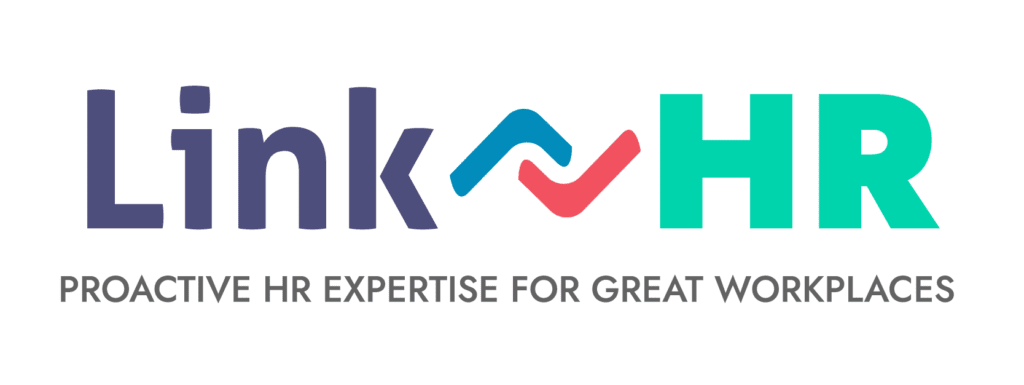HR Tips #19-21 of our 24 HR Tips for 2024
Welcome back to our 24 HR Tips for 2024 Series
Tip #19: Measure the pulse of your workforce with employee surveys.
Why is this important?
With the rise of remote work and evolving employee expectations, employers need effective tools to gauge employee sentiment and identify areas for improvement. One such proactive tool is the employee survey.
Employee surveys provide a structured approach for gathering feedback from employees on various aspects of their work experience, including job satisfaction, work-life balance, communication effectiveness, and organizational culture. By leveraging employee surveys, employers can gain valuable insights into the strengths and weaknesses of their workplace environment and make data-driven decisions to drive positive change.
Here are some key steps employers can take to effectively utilize employee surveys and take the pulse of their workforce:
1. Define Objectives: Before launching an employee survey, employers should clearly define their objectives and what they aim to achieve. Whether it’s improving employee engagement, identifying areas for process optimization, or enhancing organizational culture, having specific goals will help tailor the survey questions and analysis accordingly.
2. Design Thoughtful Surveys: Crafting well-designed surveys is essential for obtaining meaningful insights. Employers should ensure that survey questions are clear, relevant, and unbiased. It’s also important to strike a balance between quantitative and qualitative questions to capture both numerical data and detailed feedback.
3. Ensure Anonymity and Confidentiality: To encourage honest and candid feedback, employees must feel comfortable expressing their opinions without fear of repercussions. Employers should emphasize the anonymity and confidentiality of survey responses, assuring employees that their feedback will be aggregated and used for constructive purposes only.
4. Communicate Transparently: Transparent communication is key to fostering trust and engagement throughout the survey process. Employers should clearly communicate the purpose of the survey, how the data will be utilized, and the timeline for sharing results and implementing changes. Regular updates on survey progress and outcomes demonstrate a commitment to listening to employee feedback.
5. Analyze Results and Take Action: Once the survey is completed, employers should analyze the data comprehensively to identify trends, patterns, and areas for improvement. It’s essential to prioritize actionable insights and develop an action plan to address identified issues effectively. Involving employees in the decision-making process and soliciting their input on potential solutions can foster a sense of ownership and accountability.
Tip #20: Conduct Stay Interviews
What are stay interviews? Think of stay interviews as a proactive way to measure employee engagement and find out if an employee is planning to leave or stay. They are more proactive than exit interviews.
We have compiled a list of some questions that managers can used in a Stay Interview:
1. Do you feel proud to work here?
2. Do you feel that you belong?
3. Do you see yourself here in 2 – 3 years?
4. Do you feel that you have opportunities for development and growth?
5. Do you feel appreciated and recognized for who you are and what you contribute to the team?
Tip #21: Organizations need to develop and support managers, today more than even before.
Investing in your front-line managers is a strategic imperative. Front line managers or middle managers have so much influence on talent management, operational management, change management, internal innovation, etc. Investing in them with regular support, mentoring, coaching, and training is a must for them to excel as leaders.
We recognize that providing this training and support can be challenging for small to mid-size businesses so we created a program for organizations to use which includes training and coaching. Check out our LEAP into Leadership Program!
Our next blog will wrap up our 24 HR Tips for 2024 Series with Tips #22 – 24 so stay tuned!


